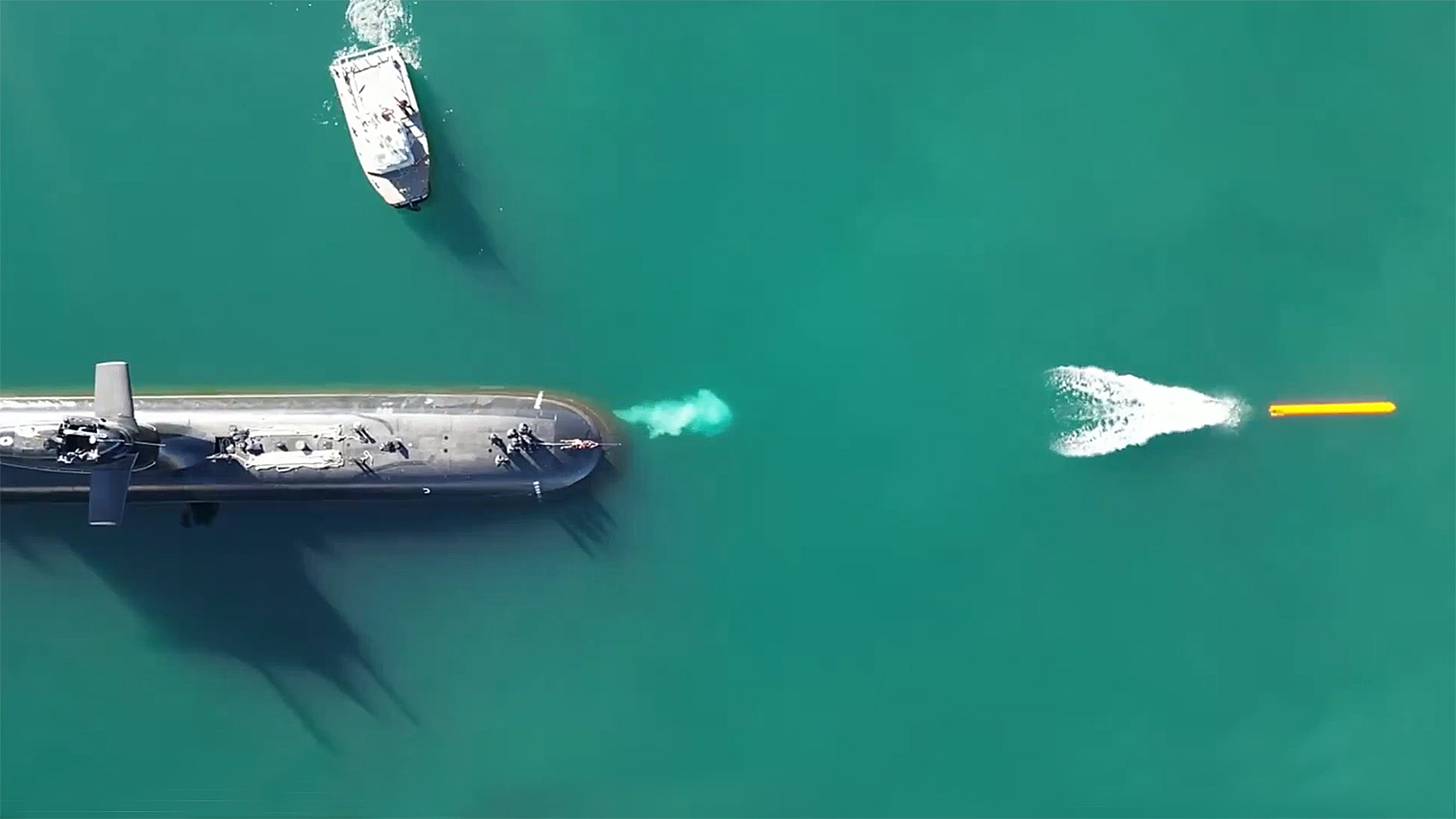The Spanish Navy has provided a very rare perspective of inert torpedo testing it conducted with its first-in-class diesel-electric submarine Isaac Peral.
Featuring some stunning overhead shots, the video linked below gives a very clear view of the tests taking place. It also represents an important moment for Isaac Peral which was only recently commissioned, following longstanding and troubled attempts to introduce the class into service.
The inert torpedo launches took place back in January, although the footage, captured by the Spanish Navy, was only recently made public by the open-source intelligence (OSINT) account Espada & Escudo. The testing was conducted at the Cartagena Naval Base, located in the city of Cartagena on Spain’s Mediterranean coast. The Isaac Peral class takes the name of the Spanish naval officer and engineer who designed the first all-electric submarine in the nineteenth century.
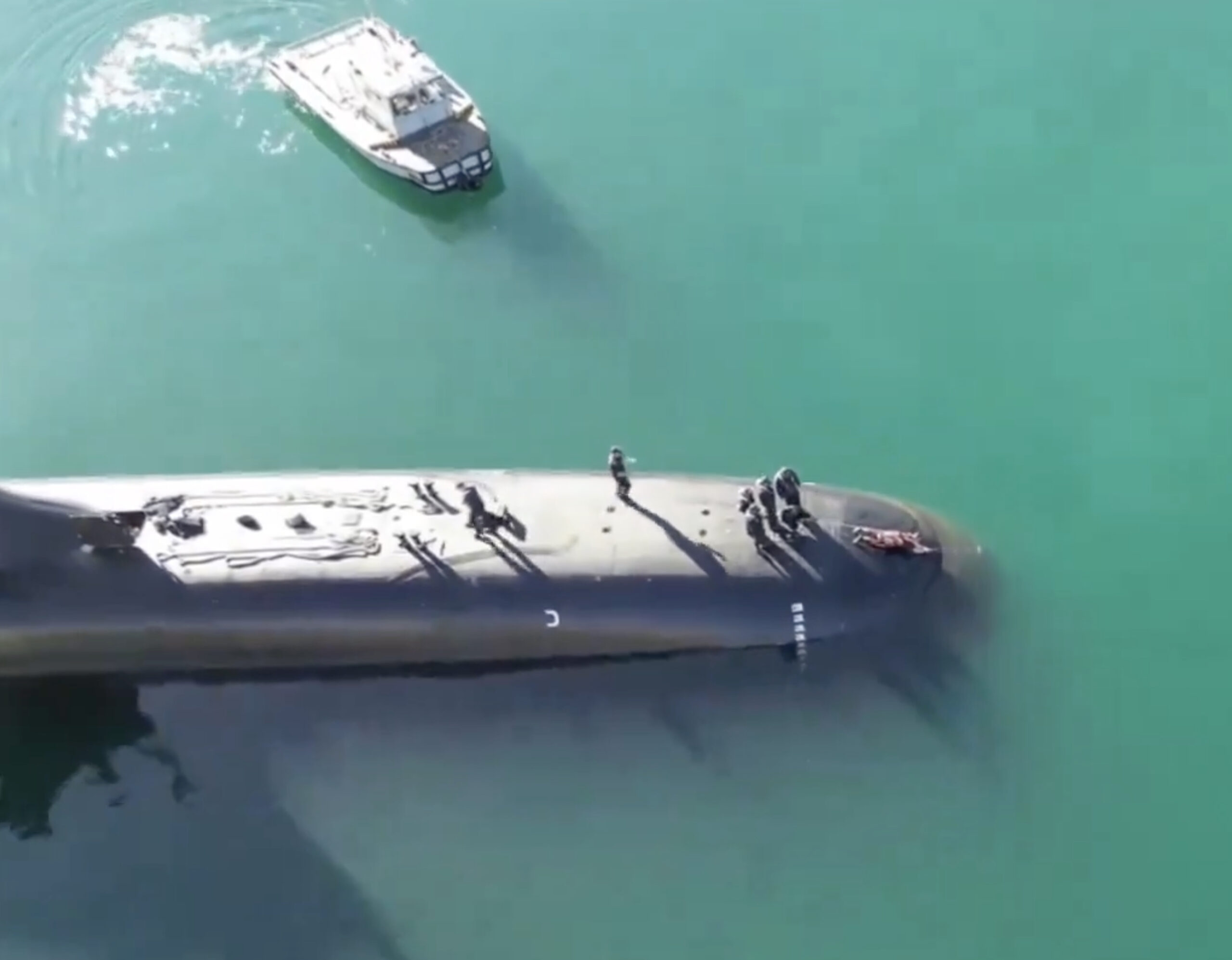
In the footage, we see various naval personnel preparing for the test launches from above — presumably filmed by a drone. From there, the test torpedoes — which are brightly colored in order to improve visibility when assessing their speed and trajectory, and making them easier to recover — are fired from the boat’s port and starboard torpedo tubes.
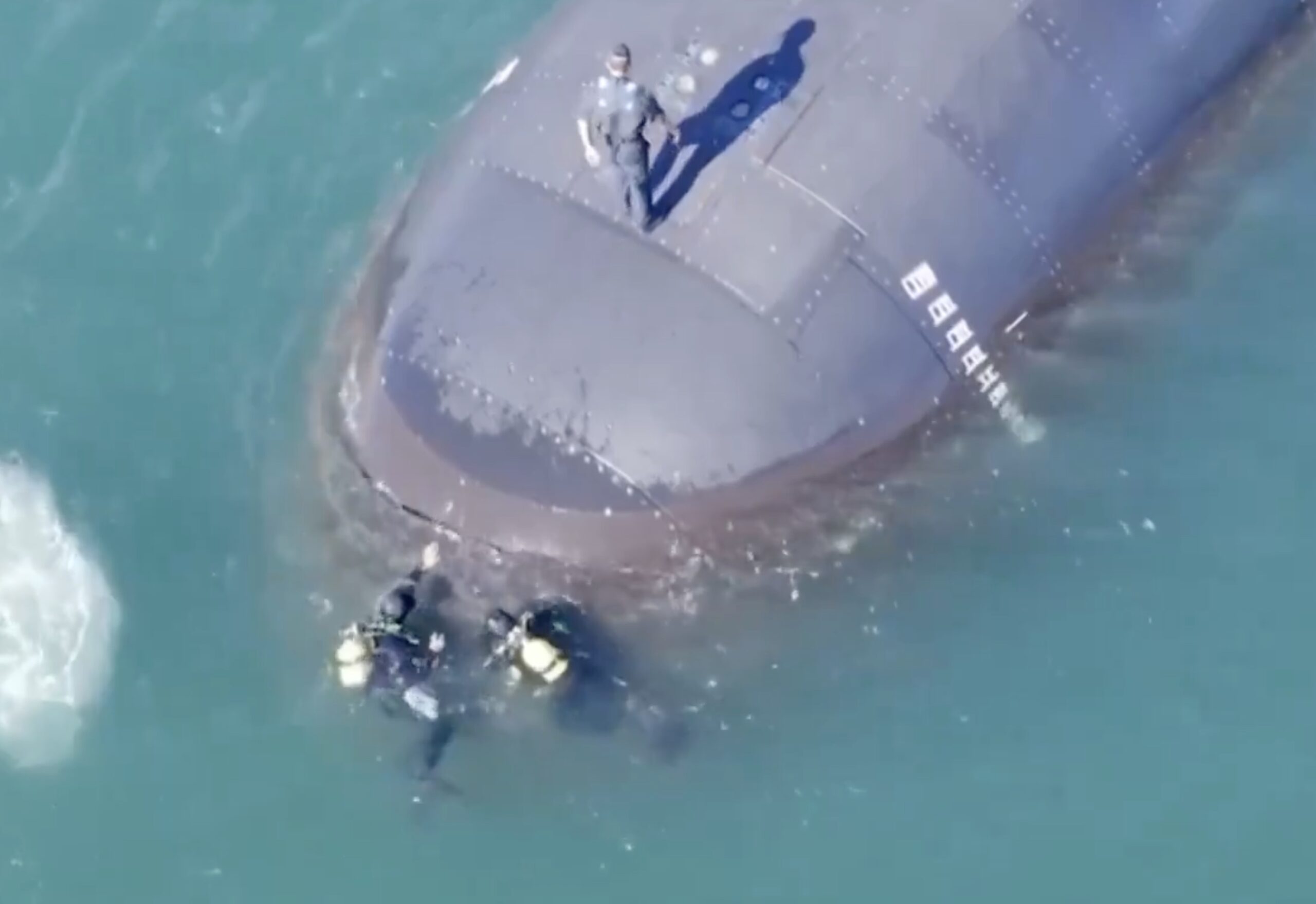
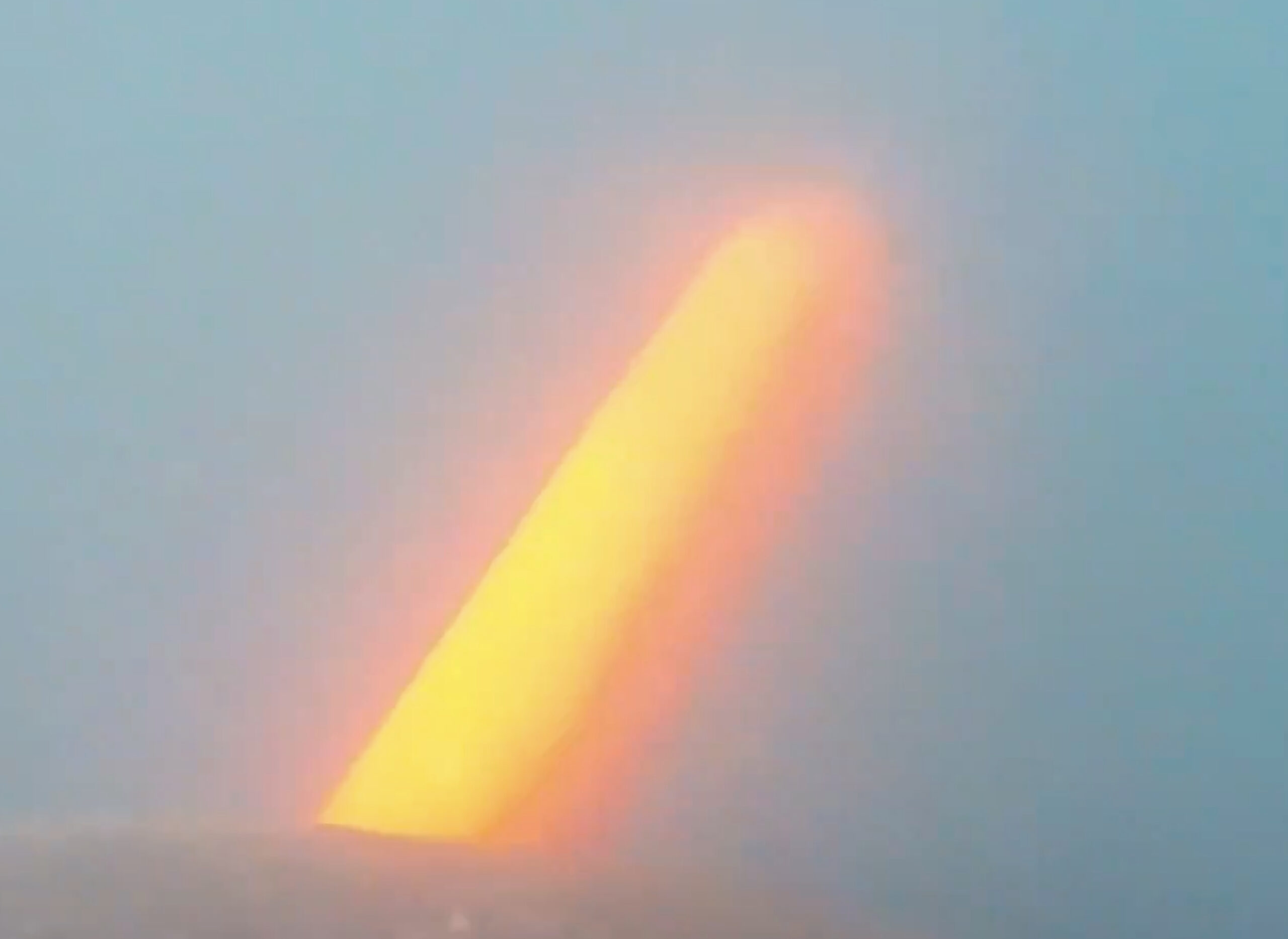
While inert torpedo firing — designed to test submarines’ torpedo launching equipment and uncover any possible issues with said equipment — is by no means uncommon, the video provides a perspective of it you don’t usually get to see.
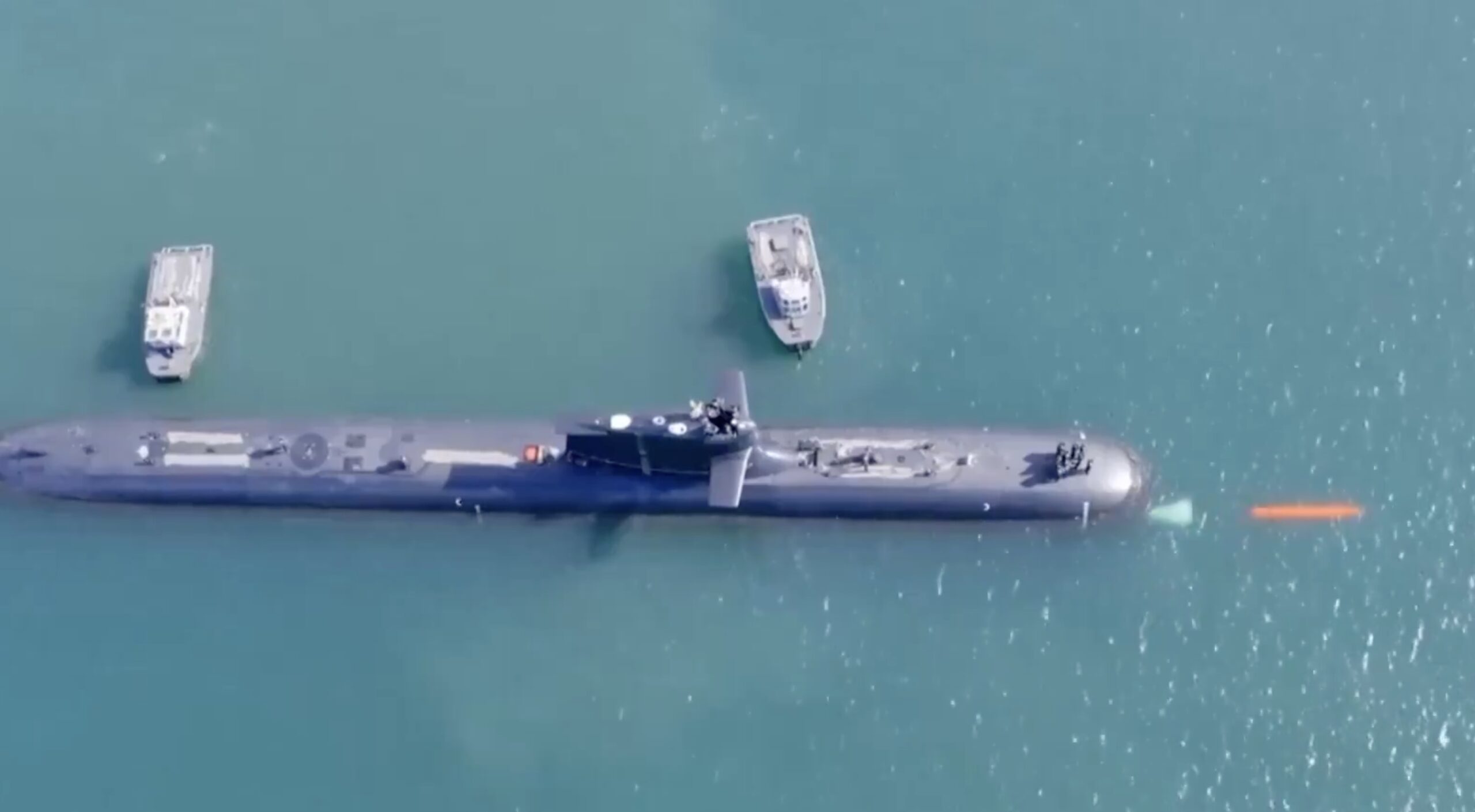
“We’re looking at a major engineering milestone [for the boat],” Matus Smutny (@Saturnax1), an analyst of naval matters and a contributor to The War Zone, said. “Isaac Peral (S-81) has already passed static dive trials, and the test torpedo launches were its next major milestone.”
“[The] Isaac Peral class features standard 533mm torpedo tubes and will be armed with German-made Atlas Elektronik DM2A4 SeaHake mod 4 multi-purpose heavyweight wire-guided torpedoes (used by the German Navy’s state-of-the-art AIP Type 212A class submarines),” he noted.
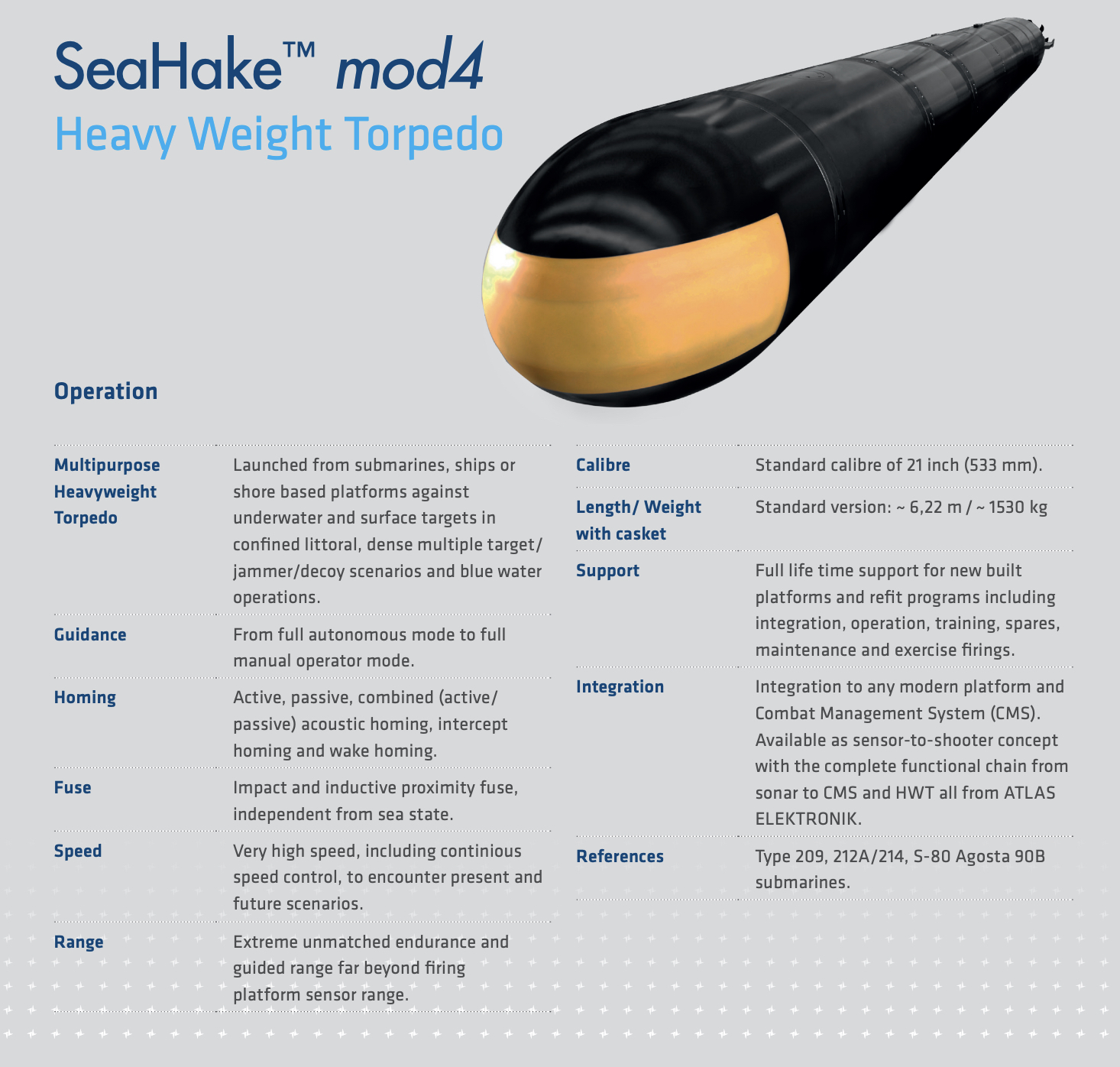
“DM2A4 SeaHake mod 4 torpedoes were selected by the Spanish Ministry of Defense in the early 2010s, and the manufacturer developed a special optical fiber, through which the guiding commands and feedback from the torpedo sensors are transferred back to [the] launch platform, including a true audio channel. The torpedoes can be guided in a fully autonomous mode as well as in a manual operator mode.”
“DM2A4 SeaHake Mod 4 was designed with modularity in mind, i.e. the capsulated battery allows very short activation time and the ability to launch a torpedo with 2 up to 4 battery units,” Smutny said.
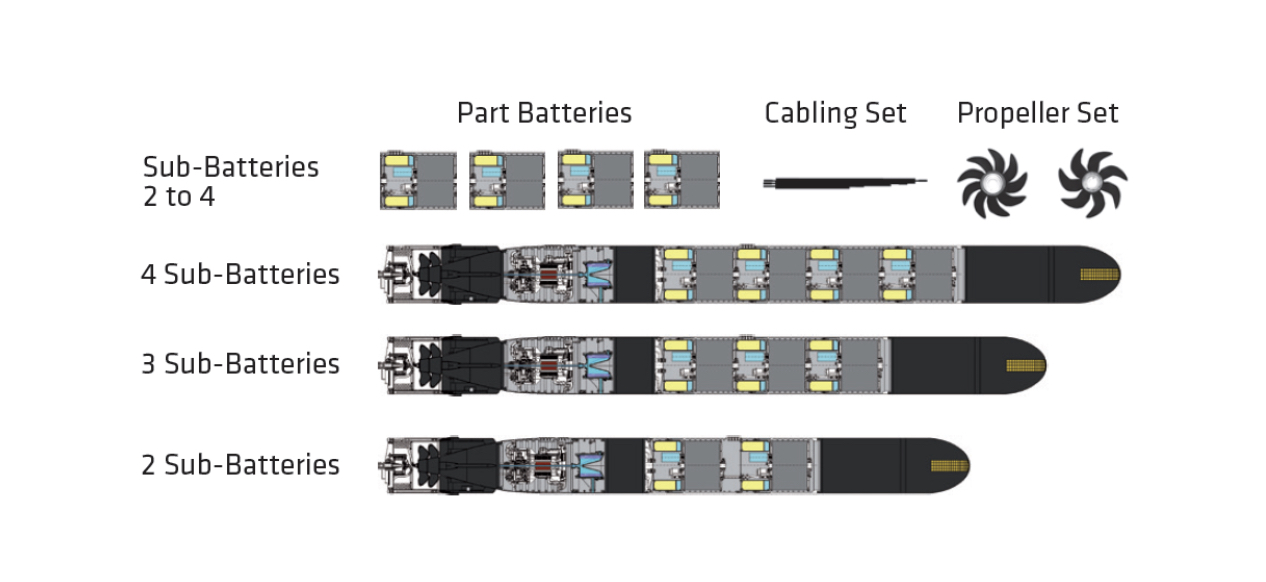
In addition to its torpedo firing capability, the boat “will be also able to launch UGM-84 Sub Harpoon anti-ship missiles as well as UGM-109 Tomahawk missiles.”
With a submerged displacement of 2,965 tons, Isaac Pera constitutes one of the largest, non-nuclear submarines in the world. The boat’s design represents an evolution of the smaller Scorpène class. Featuring a diesel-electric propulsion system, it was originally envisaged that the boat would also have a fuel-cell-based air-independent propulsion (AIP) system, too. Essentially, AIP systems allow conventional submarines to, in some cases, sail more quietly, and remain underwater for far longer periods of time. By using the systems, conventional submarines can get closer to the capabilities of nuclear submarines, minus the costs and other factors associated with those boats. The saga involving Isaac Peral‘s AIP propulsion system is something we’ll return to shortly.
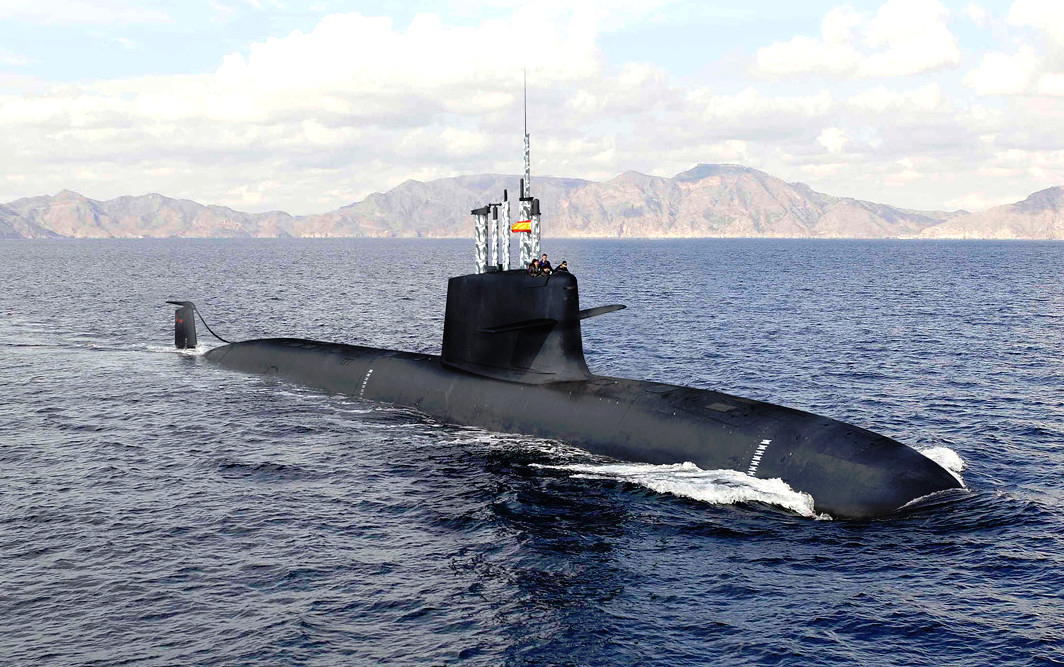
That Isaac Peral is conducting inert torpedo firing tests comes hot on the heels of the boat’s commissioning with the Spanish Navy in November of last year, following its launch in May 2021. However, despite its increased publicity as of late, the vessel — and the class more broadly — has long suffered from a litany of developmental problems going back many years. This has delayed its delivery to the Spanish Navy by over a decade.
Spain’s original efforts to develop a new type of submarine date back to before the end of the Cold War, during which time they were a joint Franco-Spanish effort known simply as the S-80 project. Separate efforts by those countries were re-booted in the late-1990s, and Spain ordered the production of four S-80 class boats in 2003 by shipbuilder Navantia. Economic turbulence and further delays extended the project into the 2010s. This was despite hopes that the four new boats would be delivered from 2011 and enter service between 2012–2013.
From there, a series of further problems hampered the submarines’ advancement. In 2013, a major design flaw was uncovered by Navantia. 100 tons of weight added during development had thrown off Isaac Peral‘s buoyancy characteristics, which meant it may not have been able to resurface reliably. With the aid of American sub maker Electric Boat, a division of General Dynamics, the company added 16 distinct extensions in the hull. The redesign was named S-80 Plus, or the Isaac Peral class.
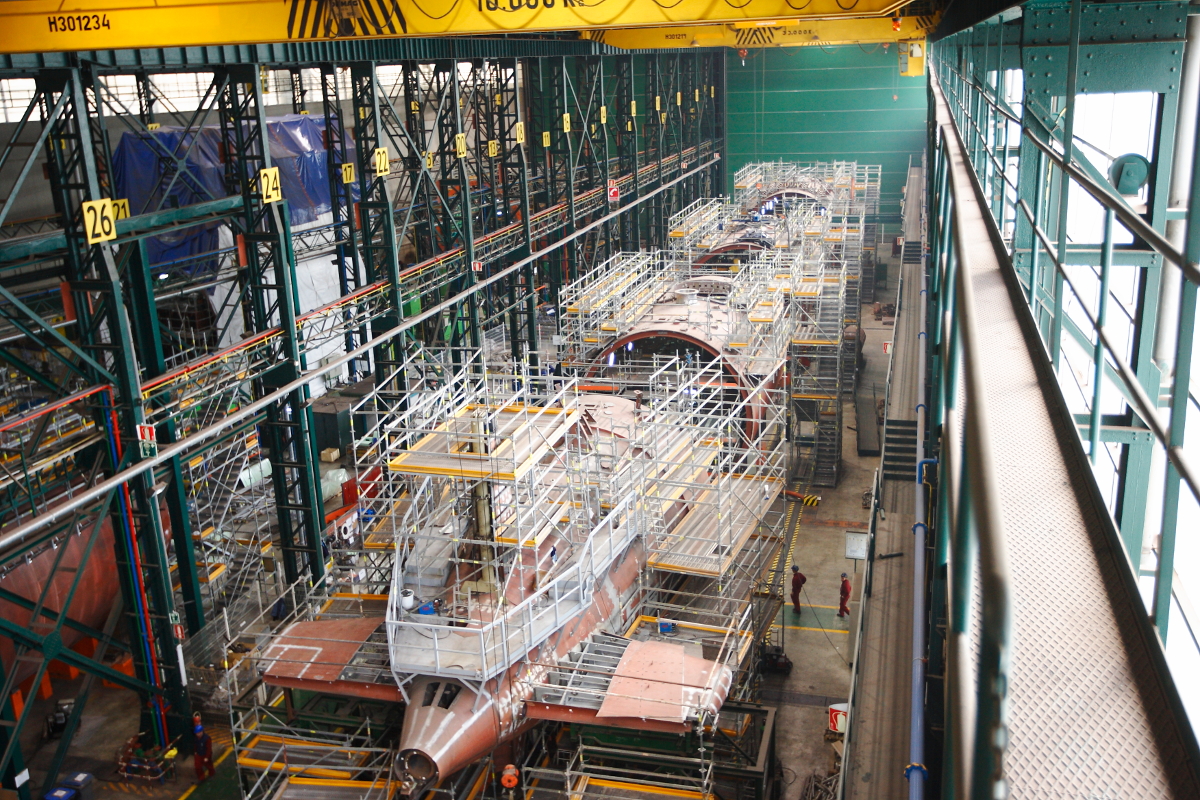
Beyond weight issues, it was later revealed in 2018 that the boats were being built to larger specifications than the space allocated to them at the docks at Cartagena, by error.
Another notable issue with the program, as mentioned before, centered on the AIP system. It was envisaged that all four boats would feature this setup from launch. However, issues with the work of the domestic firms that were hired to build the system for the subs led to Isaac Peral being launched with traditional diesel-electric propulsion capabilities only. The second vessel in the class, Narciso Monturiol, will also be launched without it. At present, only the third and fourth boats, Cosme García and Mateo García de los Reyes, are expected to launch with it. Peral and Monturiol will likely not receive the improved propulsion until the mid-2030s.
As of late last year, Navantia indicates, Monturiol‘s hull sections were being joined together. It also described Cosme García and Mateo García de los Reyes in an “advanced phase of construction.” Those submarines are set to be delivered to the Spanish Navy in 2024, 2026, and 2027, respectively.
That being said, the recent footage certainly puts the Isaac Peral class in a more favorable light compared to the headlines it has generated over the years. And if the aforementioned delivery schedule works out as expected, it’s likely we’ll only be seeing more from that class in the near term.
Contact the author: oliver@thewarzone.com
